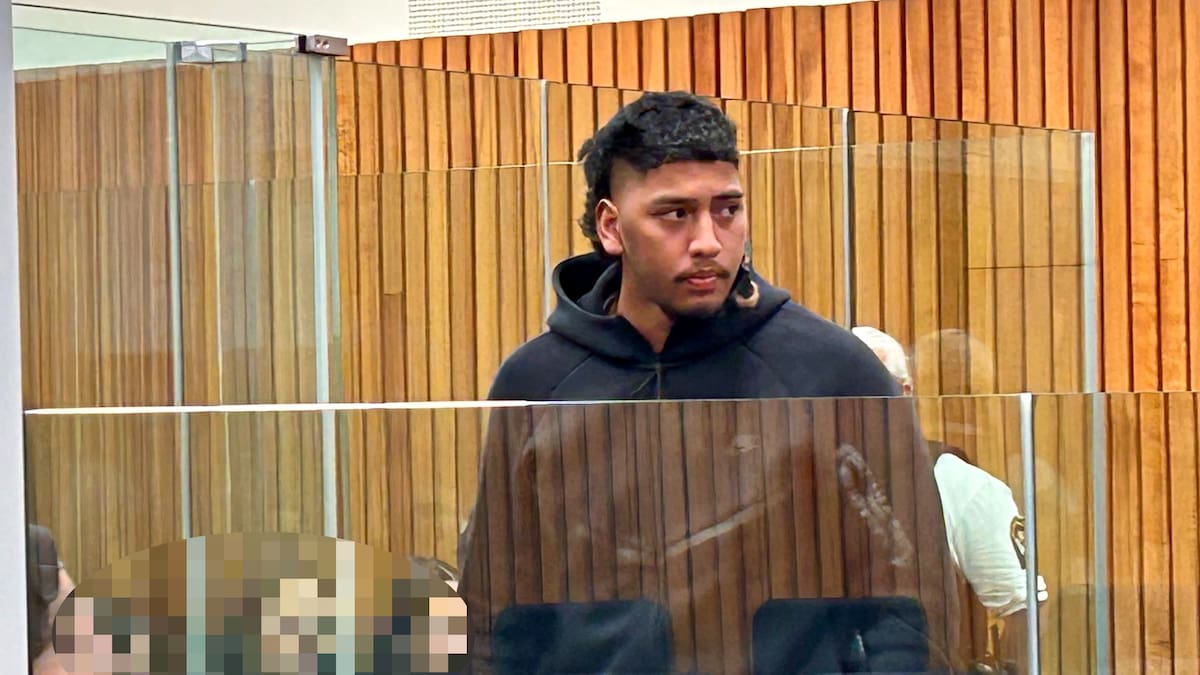Peter Russell-Clarke’s greatest gift was how he made you feel like one of the family, writes WENDY HUNT.
Throughout my teenage years, our lounge room sang “Come and get it, come and get it” and all in earshot would carol back, “with Peter. Russell. Clarke!”
The chef, restaurateur, cookbook author and illustrator, artist, cartoonist, TV presenter and media personality Peter Russell-Clarke has died after a stroke, aged 89. As Australia’s first television chef, he changed the way we thought about how to prepare food from local ingredients, championing food that was both healthy and tasty.
Having always been fascinated by food, how it is produced and prepared, Russell-Clarke’s five minute program Come and Get It, which ran for 900 episodes over nine years from 1983 to 1992, had everything I was passionate about. He provided a lens into our food as it journeyed from farm to fork, a focus on healthy food – and, of course, a charismatic Aussie bloke at the helm.
New flavours and new health messaging
Television chefs and cooking show celebrities were not a thing in the 1980s.
Reality TV had followed the adventures of naturalist Harry Butler and travel documentarians the Leyland Brothers from the mid-1970s, but we had not seen anything like Peter Russell-Clarke.
On Come and Get It, Russell-Clarke shared his love of food with a smattering of classic Aussie idioms, a smile and a laugh.
He was perhaps Australia’s first celebrity chef – and we couldn’t get enough.
Come and Get It was launched at a time where our Australian diets were changing. Immigration in the 1970s and ‘80s saw a rise in Italian, Greek, Chinese, Indian and Vietnamese foods.
Come and Get It included recipes with ingredients such as oxtail, tongue and lamb’s fry, but there was also chicken curry, bolognese pie, ravioli salad, dressed olives and vegetable fondue. Russell-Clarke even authored his own Italian cookbook.
Not only were new and exotic foods available and new recipes passed about from treasured cookbooks, but we were becoming more aware of the impact of diet on our health. Iconic public health promotion campaigns were launched.
In 1977, cartoon character Norm featured in the “Life be in it” campaign. He lay in his recliner, resting his TV remote on his “big stomach bones” and said, “I wouldn’t want to catch obesity.”
In the 1980s we received our first version of the Healthy Eating Pyramid from the Australian Nutrition Foundation; the Heart Foundation Tick started to appear on food products; and a range of low-fat foods hit our shelves.
Against this backdrop, Russell-Clarke was teaching kids and families where their food came from, the grass roots of it (literally), and how to prepare delicious and healthy meals.
Russell-Clarke’s recipes tended towards fresh farm produce, and he avoided food waste. He strongly featured vegetables and would frequently talk about the health benefits of food.
One of the family
Russell-Clarke was the ambassador for many different agricultural products over the span of his career, including honey, trout and eggs.
In my mind, he was inseparable from Philadelphia and Coon cheeses with his legendary “where’s the cheese?” catchphrase and promotion of the Australian dairy industry.
I still have his Family Cook Book and use his recipes today. They actually work!
The index, however, is terrible, largely because of his recipes start with “My” or “Peter’s”. For example, My Mum’s Muffins, My Weekend Soup, My Mate’s Bacon and Egg Muffins, My Dad’s Bubble and Squeak Fritters, Peter’s Salmon Patties and Peter’s Ripper Barbecue Sauce.
To be honest, I don’t need that index anyway. I know where to find my go-to recipes; the pages naturally open there.
First stop, his creamy chicken and broccoli casserole, which is still one of my feelgood favourites today.
Possibly Russell-Clarke’s biggest gift to aspiring foodies was just that, the feelgood factor. Wholesome, delicious, feelgood food, prepared and presented in a way that made you feel like you were one of the family.
Wendy Hunt, Senior Lecturer, Academic Chair, Food Science and Nutrition, Murdoch University. Republished from The Conversation.






